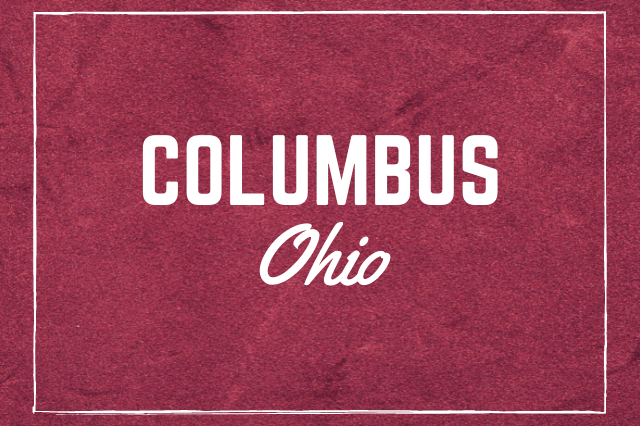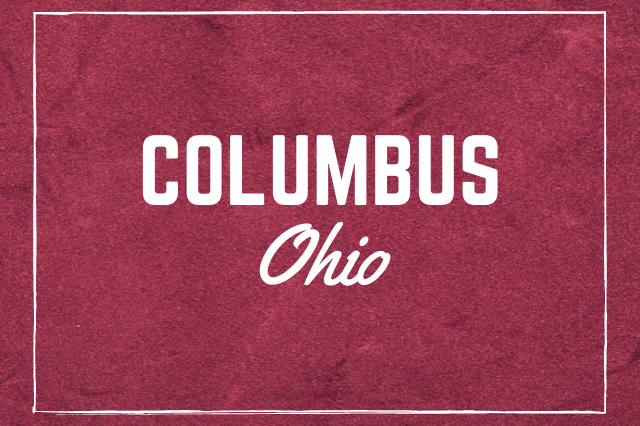Columbus, Ohio


Water Quality in Columbus, Ohio
Watershed: Kian Run – Scioto River
What is the water quality like in Columbus, OH?
Let’s dive deeper into what’s in Columbus water.
What’s in Columbus water?
Here are the top 5 chemical compounds in your water and what health issues they can potentially cause:
- Bromodichloromethane – Potential effect: Cancer
- Chloroform – Potential effect: Cancer
- Haloacetic acids – Potential effect: Cancer
- Hexavalent Chromium – Potential effect: Cancer
- Total trihalomethanes – Potential effect: Cancer
These are five of the 22 contaminants analyzed by the Environmental Working Group (ewg.org).
12 of these contaminants are rated as exceeding EWG Health Guidelines.
See the What Can You Do? section below for all of the contaminants you can filter out and how to do it.
Where does Columbus’s water come from?
Columbus’s water comes from the Kian Run – Scioto River watershed.
Both EPA assessed water sources in the Kian Run – Scioto River watershed are in Impaired condition. These are:
- Kian Run – Scioto River
- Scioto River Mainstem – Olentangy River to Big Darby Creek
Ideally, a water source would be rated in Good condition.
Whether a water source is in Impaired or Good condition refers to the quality of these uses:
- Drinking Water
- Aquatic Life
- Fish and Shellfish Consumption
- Recreation
Learn more from How’s My Waterway
See below for what you can do to improve Columbus’s water.
Conclusion – What Can You Do?
Information about water quality can be surprising.
But there’s no reason to lose hope. There are things you can do in your household as well as things you can do at a community level.
In Your Household:
- Use water filtration pitchers with activated carbon to filter out 18 of the 22 contaminants in your drinking water.
- Berkey filters can also remove up to 99.99% of Lead in Columbus water.
- Brita can filter 13 contaminants (and Lead depending on the filter).
- Note: We may receive a commission if you decide to purchase filters through links on this page.
- To filter out 20 of the 22 contaminants, consider a Reverse Osmosis water filtration system for your house.
- These are more expensive than pitchers to purchase, but can be more effective.
- They have the benefit of filtering out heavy hitters like:
- 1,4-Dioxane – “Exposure may cause damage to the central nervous system, liver and kidneys.”
- Alachlor – herbicide. Potential damage to liver, kidney, spleen; lining of the nose and eyelids, cancer.
- Atrazine – herbicide. Potential harm to the developing fetus.
- Bromodichloromethane – health risks in drinking water
- Bromoform
- Chloroform – side effects
- Dibromoacetic acid
- Dibromochloromethane
- Dichloroacetic acid
- Fluoride
- Haloacetic acids – chlorination byproduct*
- Hexavalent chromium – health effects
- Molybdenum
- Monochloroacetic acid
- Nitrate
- Nitrite
- Simazine – herbicide (banned in European Union states)
- Strontium
- Total trihalomethanes – byproduct of chlorination*
- Trichloroacetic acid
*Chlorination is an effective method of disinfecting/treating drinking water. You can then use a water filter to reduce the effects of chlorination byproducts to get the safest, cleanest water possible.
In Your Community:
Contact your local government officials and put pressure on them to invest in cleaner waterways and upgraded city water filtration and treatment.
Go to: https://www.columbus.gov/ to find contact information for your local officials.
